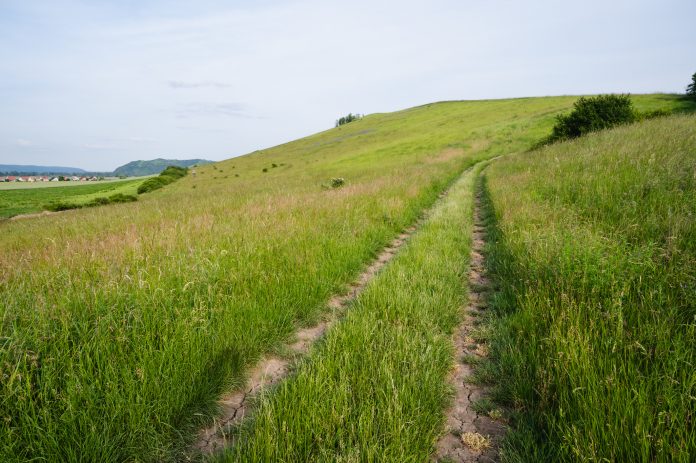A groundbreaking study by researchers from the Karlsruhe Institute of Technology (KIT) and the Heidelberg Institute for Geoinformation Technology (HeiGIT) reveals the immense potential for producing more food while enhancing carbon storage
This is through innovative land use changes. The findings, published in the Proceedings of the National Academy of Sciences (PNAS), shed light on a promising path towards doubling food production, conserving water, and increasing carbon storage.
Optimising land use to boost food production
Traditional food production systems need to maximise the Earth’s biophysical potential in a world where the population continues growing, and food supply needs increase. Current practices, including deforestation for croplands and extensive irrigation of arid fields, harm water resources and carbon storage capacity.
Unlocking efficiency through spatial reorganisation
What if we could move fields, pastures, and natural vegetation to where they are most efficient?
The researchers harnessed a dynamic vegetation model and an optimisation algorithm to investigate alternative land use scenarios, reshaping how we utilise Earth’s surface.
Optimised land use yields remarkable gains
By optimising land use under different climate scenarios, the study found that spatial reorganisation alone could increase food production by an average of 83 percent, enhance water availability by eight percent, and elevate CO2 storage capacity by three percent. These improvements could be further amplified by prioritising one of the three parameters.
Preserving forests and restructuring croplands
To maximise this potential, the study suggests preserving or reforesting tropical and boreal forests for their exceptional CO2 storage capabilities.
Meanwhile, temperate latitudes should primarily serve as croplands, with low and subtropical savannas and grasslands designated for pastures and food production. This optimised approach offers remarkable stability.
A path forward for sustainable land use
While radical land use changes may appear daunting, the researchers stress the importance of acknowledging the inevitability of cultivation area shifts due to climate change.
Managing these changes actively, considering biophysical conditions and societal factors is crucial to ensure a sustainable future facing global food security challenges.
In conclusion, this study paves the way for a more efficient, sustainable, and resilient future, where land use optimally balances the needs of food production, water conservation, and carbon storage in an ever-changing world.











